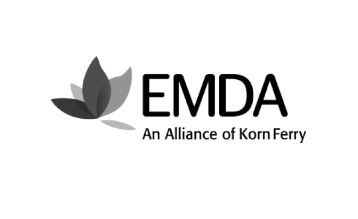In 2005, a large retrospective of Uri’s work was held at the Mishkan Museum of Art, Ein Harod, but otherwise, since her passing, her works have only been on display at a few small “memorial exhibitions,” some of which were for sale purposes. Only a few of her works have been included in the permanent collection exhibitions of Israel’s major museums. What chance is there, even for a great artist of Uri’s caliber, to continue influencing contemporary Israeli culture, when her works are so rarely exhibited?
For over five decades now, I have been trying, through my art selections as a collector, to get to know myself better – to examine what made me prefer this artist or that; to see, with hindsight, whether there were any criteria that unknowingly guided me at the time. After all, when I acquire a certain painting, I am not only connecting with the artist’s work, but also with a part of my own self – a part of my personality or an unfulfilled dream of mine.
The current exhibition attests to the dialogue between Aviva Uri and me, which was one between a collector and a work of art. In other words, art pure and simple, with no personal influences. It was love at first sight, which grew stronger with every new work of hers that I saw. At the same time, the works maintain a dialogue with the space of the Museum, from whose collection I selected two of the artist’s works, both of which had been donated by the late curator Yona Fischer. In addition, the exhibition includes tribute paintings to Uri by Moshe Gershuni that shed light on the great influence that Uri had on him. Another dialogue that is apparent in the exhibition is the romantic relationship between Uri and David Handler – in the form of Handler’s drawings and a portrait of the two by Uri’s daughter, the artist Rachel Yampuler. Also included are a work by Uri that had been in the possession of Raffi Lavie (the only work that he purchased, rather than receive through an exchange of works with a fellow artist) and a portrait of her by photographer Avraham Hay.
Since the creative process – and, in particular, the driving force behind it – is of particular interest to me, the exhibition examines the fine line between the creative force and obsessiveness for its own sake in works which strike me as clearly highlighting that boundary. Uri’s works include all the elements that I look for in a painting, and perhaps precisely because her main tools of expression are pencil and felt-tip pen, it is easier for me to follow the process. Already in her early works, of the 1950s and early 1960s, most of her artistic vocabulary is, in my view, clearly discernible. In some of her works the line is clean, fluid, clear and austere, and fully under her control, but in other works it is clear that from the moment her pencil touched the paper, the line itself was in charge. Uri herself described the process as follows: “The line is me…and the paper – the paper is the world….And the human being, the artist, is the source of the line that leaps into space.”
Less Reading...
